Today’s post is a fun one! Kari from rewildhood.com is back, sharing her family’s adventures with fungi. From finding wild mushrooms in the forest to growing your own mushrooms at home, this post is filled with fun ways to incorporate fungi and mushrooms into your nature study and kitchen!
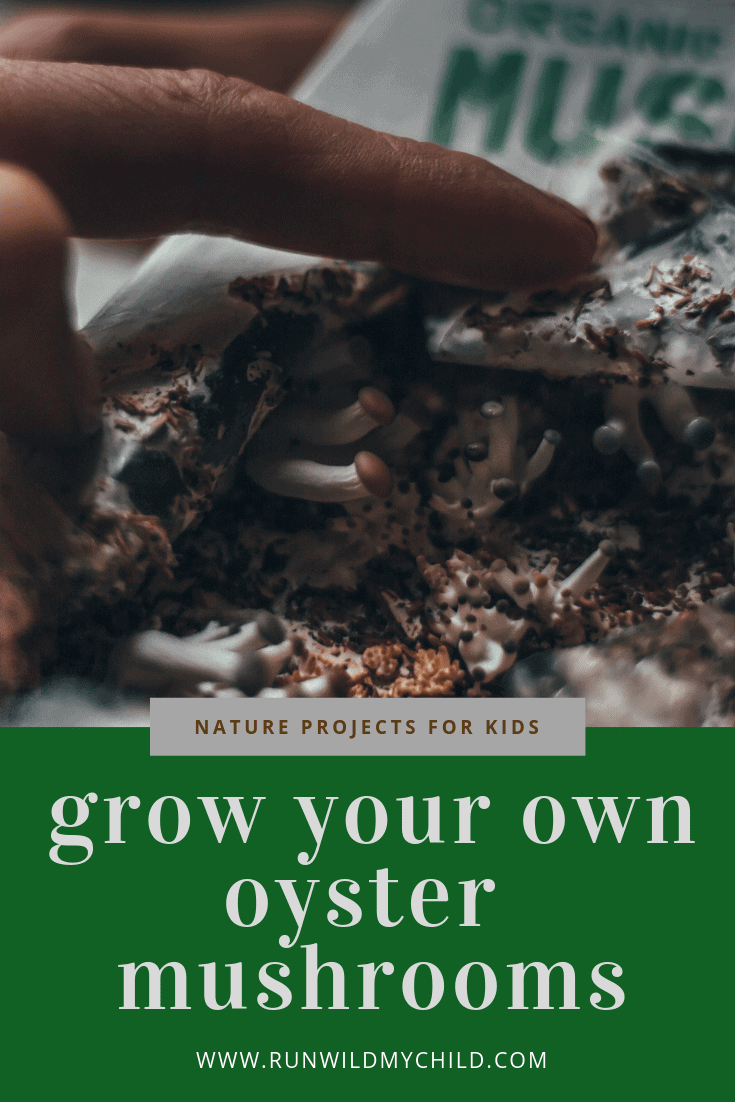
Fungi fanatics
The kids and I have been really focused on mushrooms this year, heck we’re practically fungus fanatics by now. Mushrooms have been popping up all over our wet forests since late fall and have really enchanted the kids. It’s safe to say we’ve been hit by the fungus bug hard this year. The world of fungi is so captivating and there is so much to learn about these magical forest dwellers.
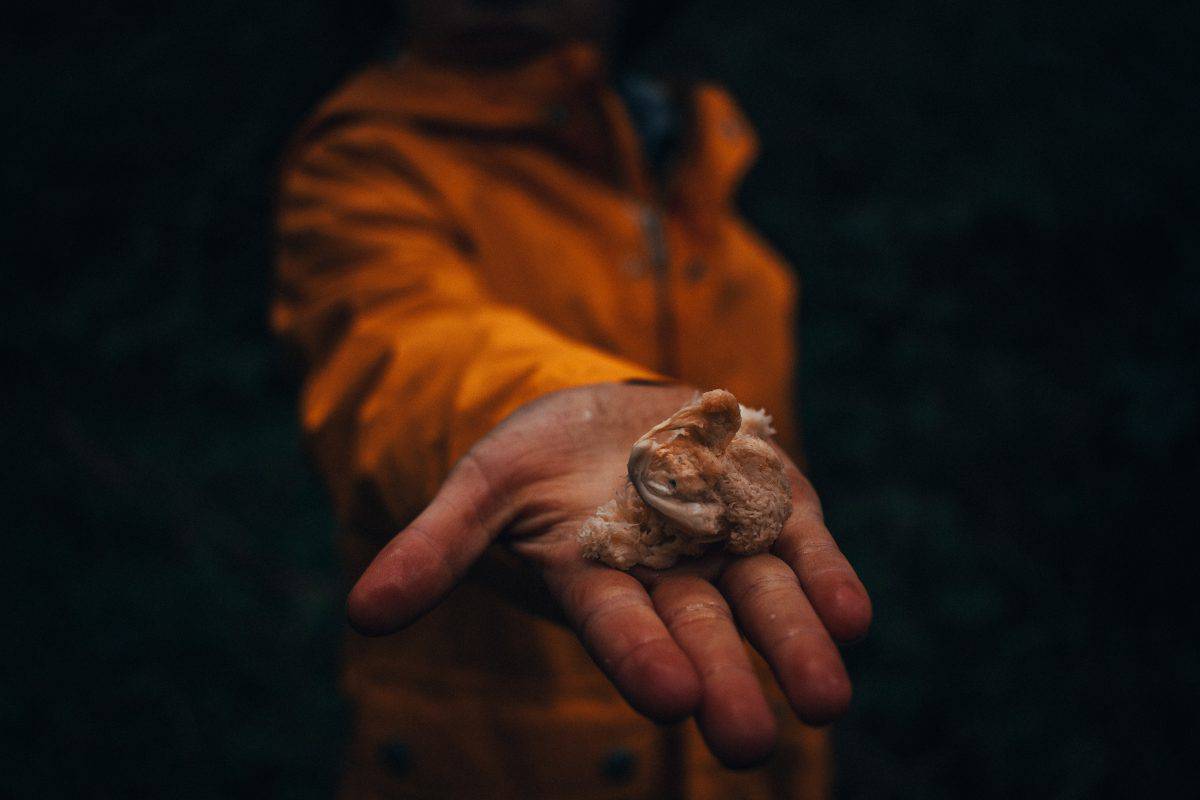
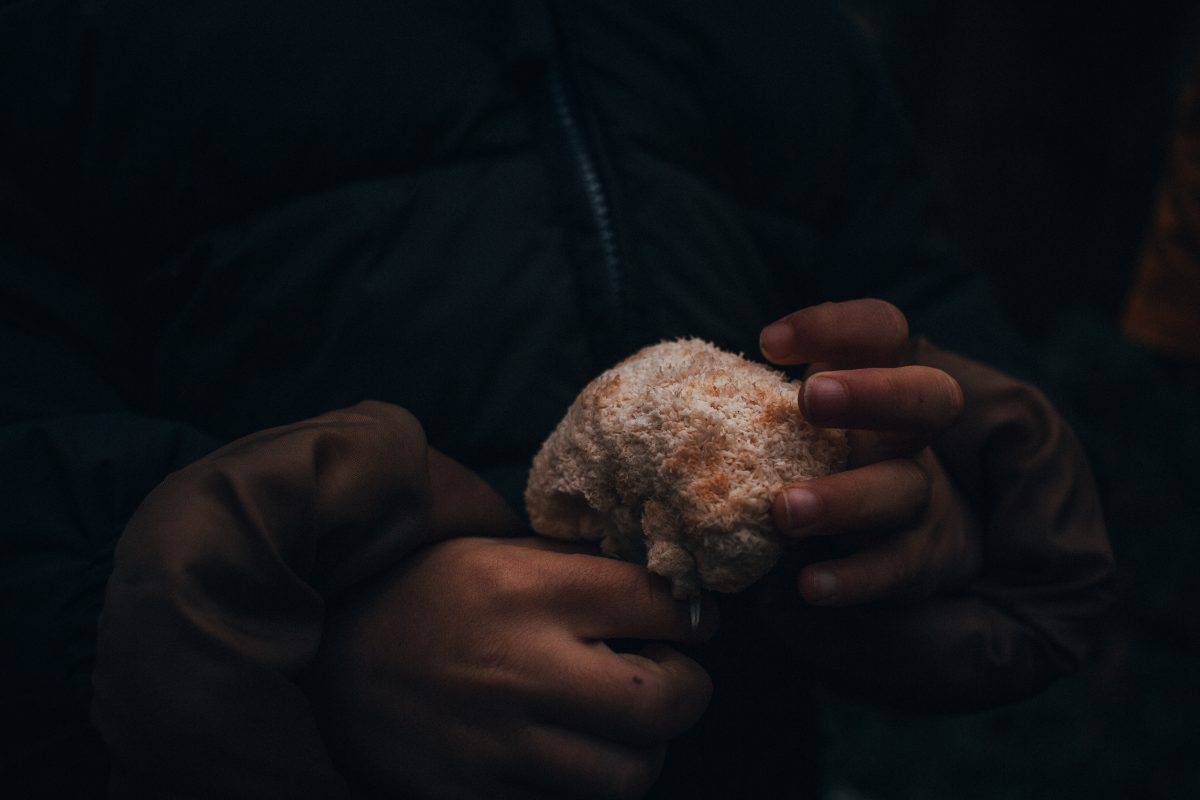
Fungi fun facts
The more we see mushrooms, the more interested the kids are in them. This has led us to discover some fun facts about mushrooms. Here are a few things the kids and I found interesting and fun about mushrooms.
- Mushrooms are a fungus, and unlike plants, mushrooms do not require sunlight to make energy for themselves.
- The mushroom is a very nutritious food. Differing species can be a good source of vitamin B along with essential minerals such as copper and potassium.
- Mushrooms can be useful for antibacterial, anti-inflammatories and antioxidants. While also helping to reduce blood pressure, moderate blood sugar, reduce cholesterol, enhance the immune system, reduce stress and help in fighting many types of cancer.
- Mushrooms are made up of around 90% water.

- A “mycophagist” is a person who collects mushrooms to eat from the wild.
- There are a few mushroom varieties found in the wild that are highly poisonous. A number of these look like common edible species, therefore it can be risky collecting wild mushrooms without good knowledge for identifying mushrooms.
- There are over 30 species of mushroom that actually glow in the dark! The chemical reaction called bioluminescence produces a glowing light known as foxfire. People have been known to use these fungi to light their way through the woods.
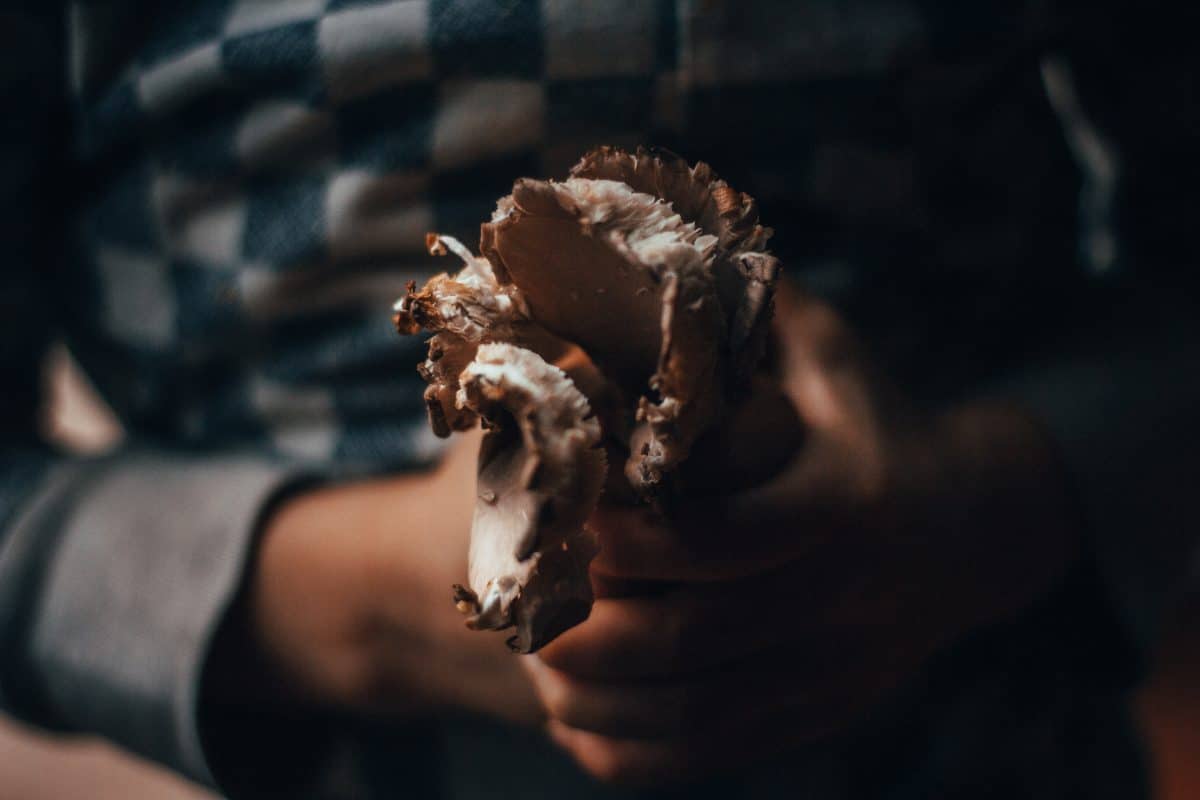 Mushroom dissection
Mushroom dissection
In order to maximize our mushroom experience, I started looking for some kid-friendly mushroom activities that would allow for hands-on experience. Our first activity involved going to the grocery store and loading up on several of the “chef samplers” mushroom packs. We took the packs home for study and eventually ended up dissecting the mushrooms, which was really fun! We studied the structure of the mushroom and its parts, including the stem, cap and gills. However, this activity was short lived and extremely messy. I’m still cleaning up mushroom particles off the floor!
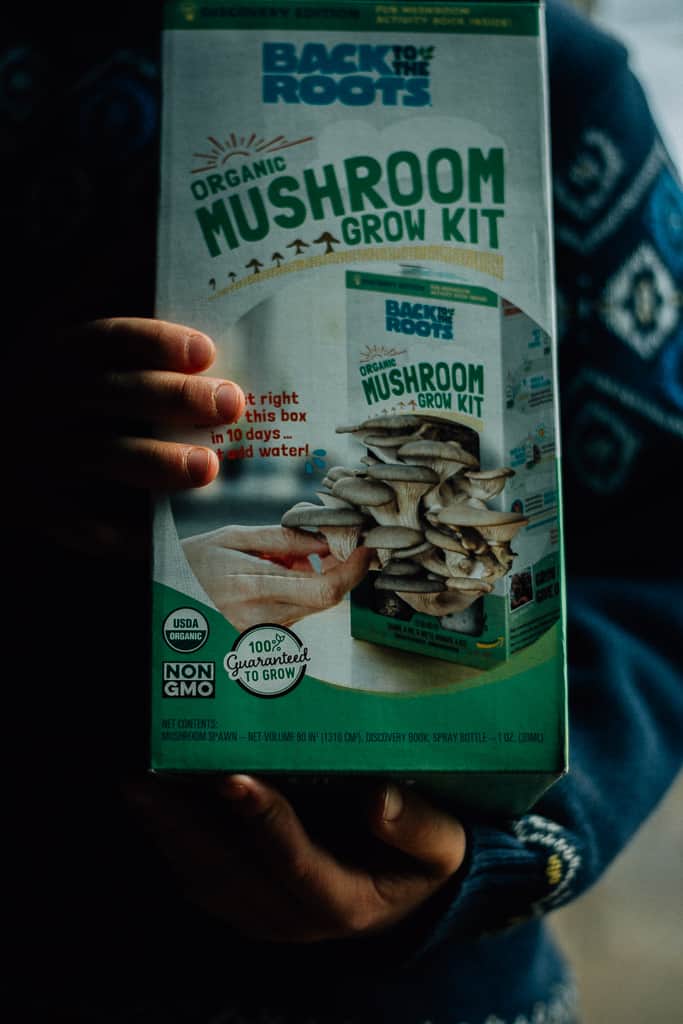
Grow your own mushrooms
After some research, I purchased one of the Back to the Roots Mushroom Kits thinking it would be really fun to watch mushrooms grow on our window sill. The kit was really simple to set up and straightforward. It came with a bag of organic substrate, an instruction card, a mini spray bottle and a box which serves as the mushroom’s home while it grows.
The substrate is made of upcycled agricultural materials like sawdust, wheat bran, and corn cobs. It’s specially formulated to maximize growth and is 100% organic. The spawn from which the mushrooms will grow is already inside of the substrate bag. They lay dormant until you cut open the bag and water the substrate – that’s what kickstarts their growth!
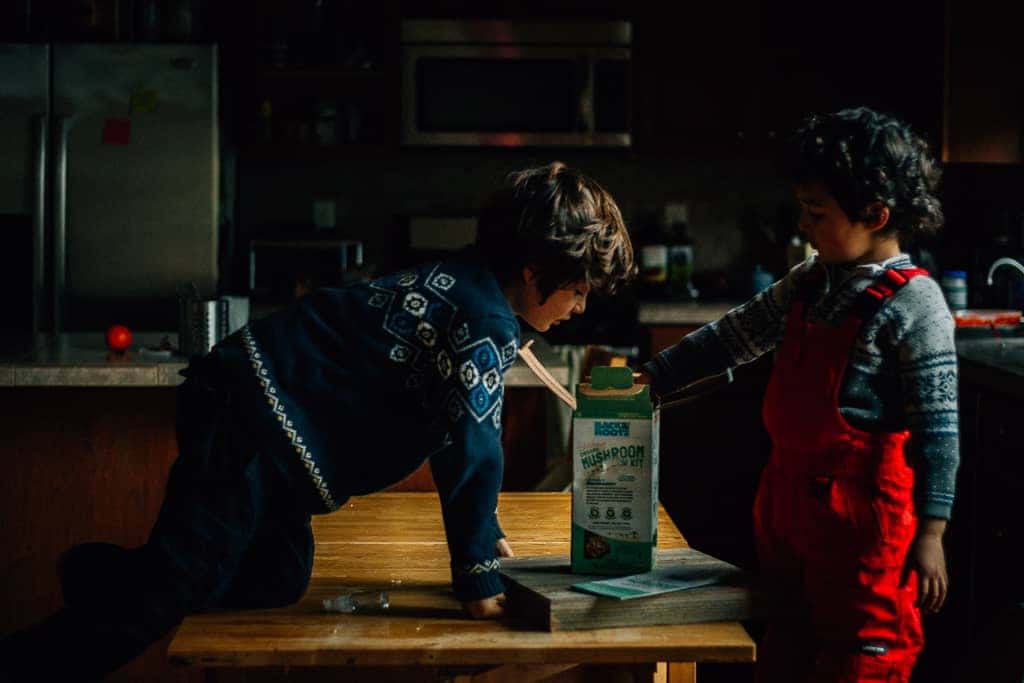
About the growing process
The kit we purchased was for oyster mushrooms. These mushrooms are commonly found in Europe and Asia. They’re used in a variety of cuisines for their velvety texture, smooth taste, and dense nutrient content. Mushrooms are each unique and grow in such a way that it is very hard to predict exactly how many mushrooms you’ll grow and harvest. However, the company that makes the kits guarantees you will have 1-2 servings of mushrooms from each of two harvests.
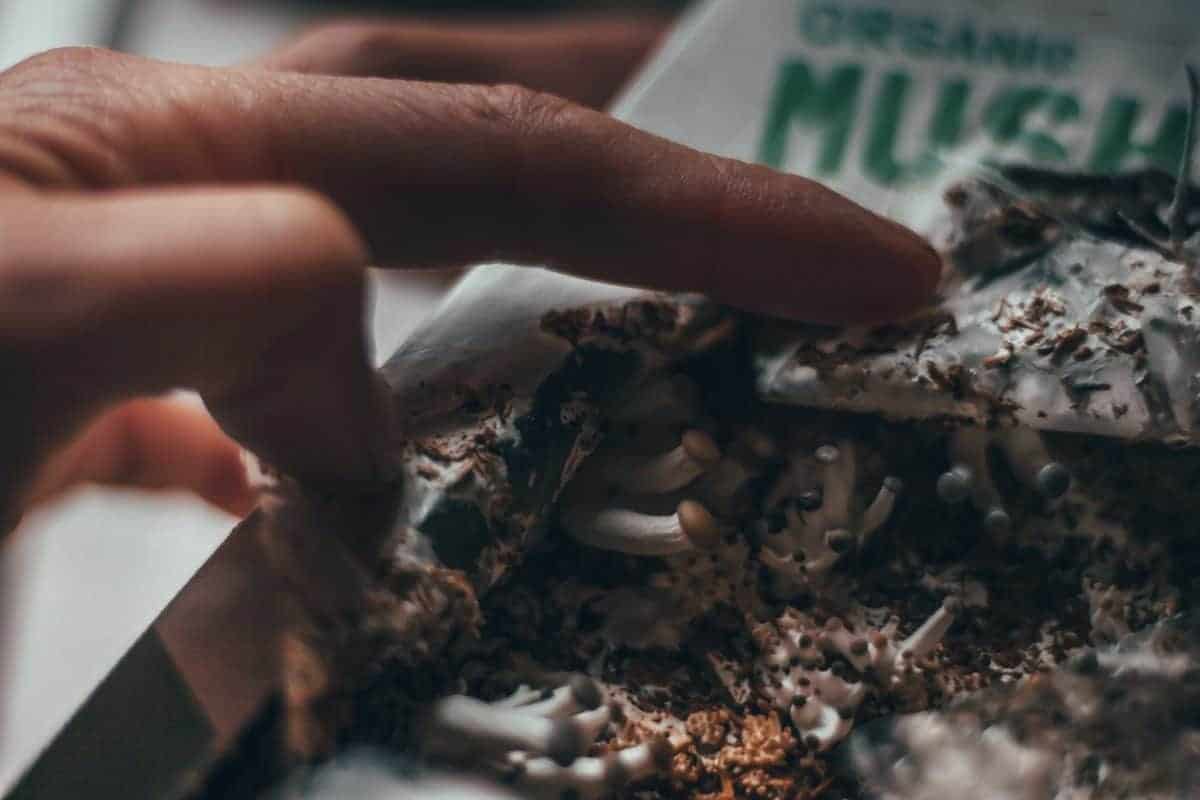
Watch them grow
The instructions say that the mushrooms will grow in about 12 days. The main factors affecting mushroom growth are humidity and temperature. If you live in an arid or dry climate, your mushrooms may need more frequent waterings or you could place a humidifier in the room. In addition, they grow best when the temperature’s between 65-68 °F (18-20 °C). If it is a tad cooler or warmer, they will grow more slowly, as the temperature affects how much water is absorbed by the mushrooms.
Get the kids involved
I love that the kids can participate in all the steps of preparing, growing and harvesting the mushrooms. From the beginning, they were really excited about the process and all wanted to be involved in each of the steps. The first few days were rather quiet with zero observable activity. The kids took their job of keeping the mushrooms damp very seriously (after all, it did involve a spray bottle!). After about day 5 we saw the tiniest mushroom babies starting to poke through and boy were we excited!
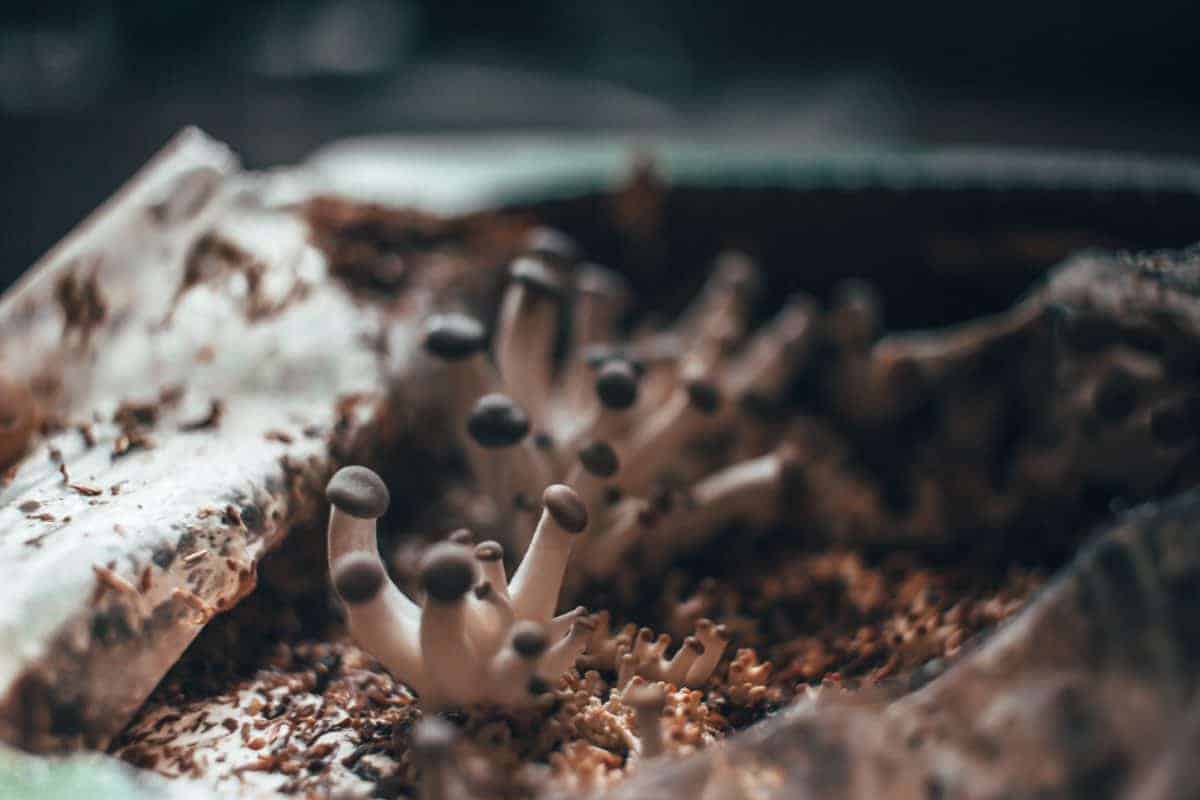
Fun with fungi
The mushrooms grew extremely fast. I’m fairly certain they doubled in size a few days out of their growing season. Once they’re ready, you can harvest them, cook them and eat them! You should be able to get two harvests from one kit. It’s fun that never ends. The kids really loved taking care of their little mushrooms and I’m eager to grow a few more types of mushrooms in the future. In fact, once I conquer the box mushrooms I may try my hand at actually growing mushrooms outside.
If you’re looking for a fun and exciting mushroom activity, this box might just be the perfect way to learn about the mushroom’s exciting life cycle.

Kari is a mom of three little explorers who love adventuring in the ocean, forests and mountains of Oregon (along with a wiener dog). She can be found on Instagram at @rewildhood and on her website – www.rewildhood.com – where she writes about her family’s unschooling adventures in the Pacific Northwest.







